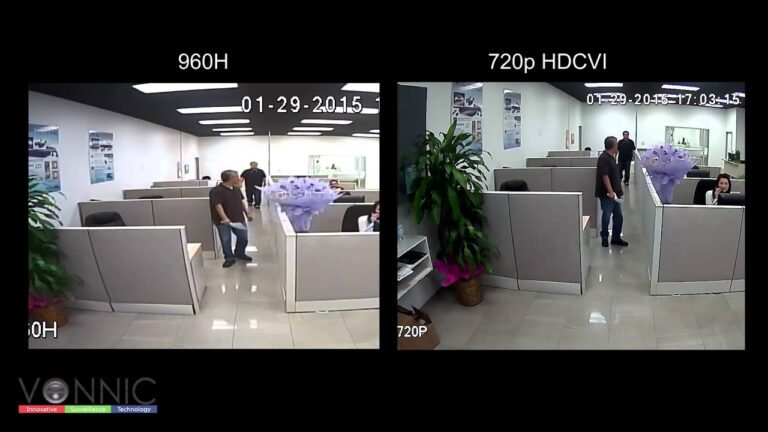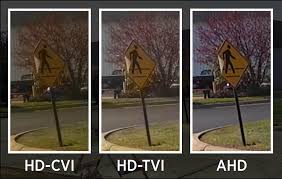960H vs. 720P – 5 belangrijke verschillen uitgelegd

Als je de 960H en 720P vergelijkt, zie je verschillen wat betreft resolutie, beeldkwaliteit, compatibiliteit, kosten en gebruiksmogelijkheden. 720P biedt een hogere resolutie (1280 x 720) en scherpere beelden, vooral op grotere schermen, terwijl de 960H een lagere resolutie heeft (960 x…
